Step 1: Review the Mission Timeline
- Review Mission Timeline: Take 10 minutes to review the mission timeline. The goal is to ensure everyone has a shared understanding of the simulation. Review it, but don’t analyze it!
- Identify Pivotal Moments: From your review, highlight 2 to 3 pivotal moments that you feel are worth further exploring. Pivotal moments take many forms, including:
- when the team worked through a particular decision
- when the team navigated a sudden or unexpected challenge
- when there was a particular conflict or disagreement
- when there was a noticeable shift in team dynamics and energy
- when someone’s input or unique perspective led to a breakthrough
Step 2: Examine a Pivotal Moment
- Select Pivotal Moment: Choose one pivotal moment from the mission timeline that you would like to further examine.
- Use Probing Questions: Spend 25 minutes analyzing this moment using both broadening and deepening probing questions. Use only relevant questions.
- Identify Insights: When you reach an “aha moment,” write it down as an insight. Try to identify 2-3 core insights during your reflection.
Broadening Questions
- Assumptions: What did we assume? How could that have been verified?
- Information: What information did we have available? How did we make use of it?
- Time: How did we manage our time? What could strengthen our preparations?
- Participation: Was everyone’s voice heard? Did we check-in with softer voices?
- Understanding: Did we have a shared understanding? How did we maintain it?
- Disagreement: How did we respond to opposing views? How did we leverage them?
- Feelings: What emotions were present? How did they influence the team?
Deepening Questions
- What is this really/truly about?
- What held attention – what was not seen?
- To whom or what was this a solution – and at what cost?
- What gets the right of way, what needs to yield?
- What previous lessons have changed?
- What needs there to be more off? What do you need less of?
Step 3: Connect Insights to Actions
- Relate Insights: Consider where, how, and how often the insights from Step 2 show up in your daily work environment. Assess the type of impact they have on your team.
- Select Insight: Choose the insight that you can take even further as a team.
- Plan of Action: Create a Plan of Action ensuring it is clear, timely, and feasible.
Relating Insights to Work Environment
- Where and how do these insights show up in your daily work?
- How frequently do these situations or behaviors occur?
- What type of impact do they have on team effectiveness and dynamics?
Developing Plan of Action
- Clear: Ensure the action is well-defined and responsibilities are clear.
- Timely: Set a timeframe for implementing the action that will show progress soon.
- Feasible: Make sure action is achievable within your team’s resources and constraints.

